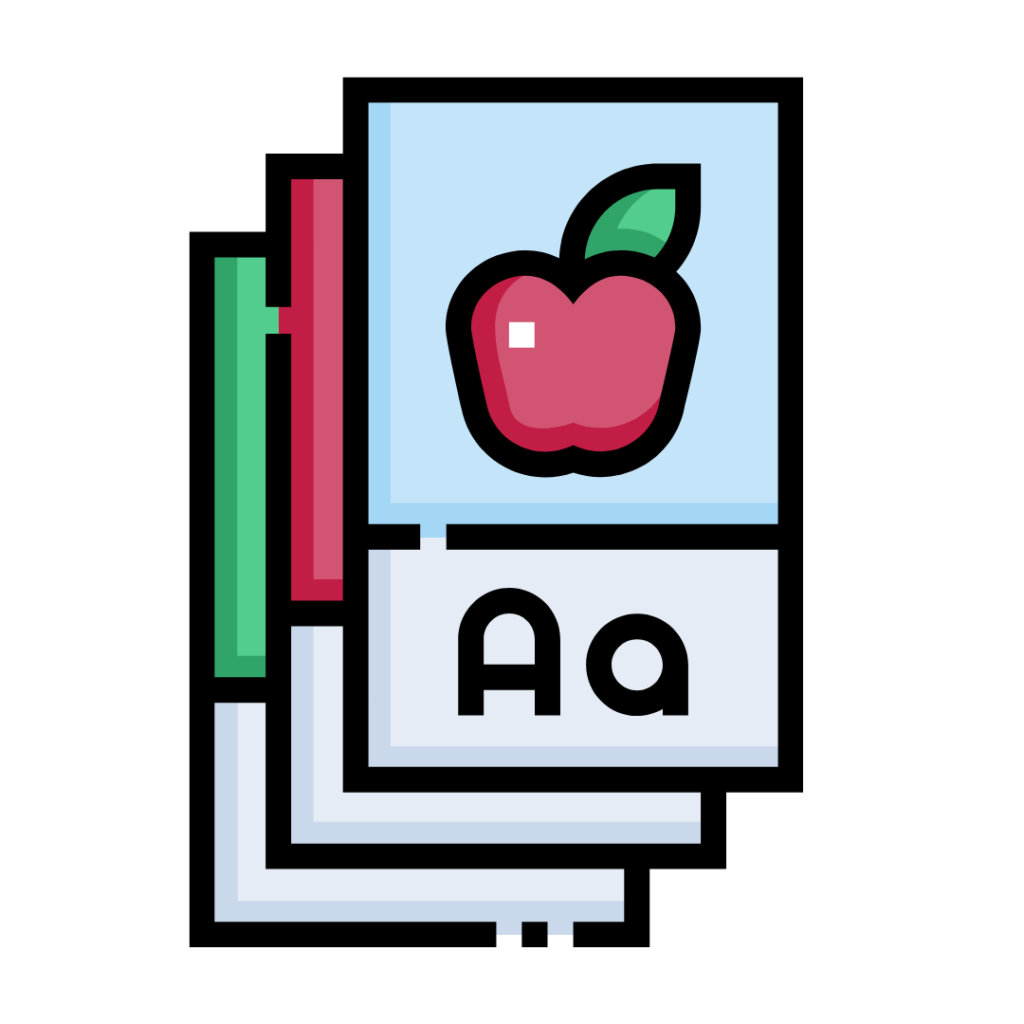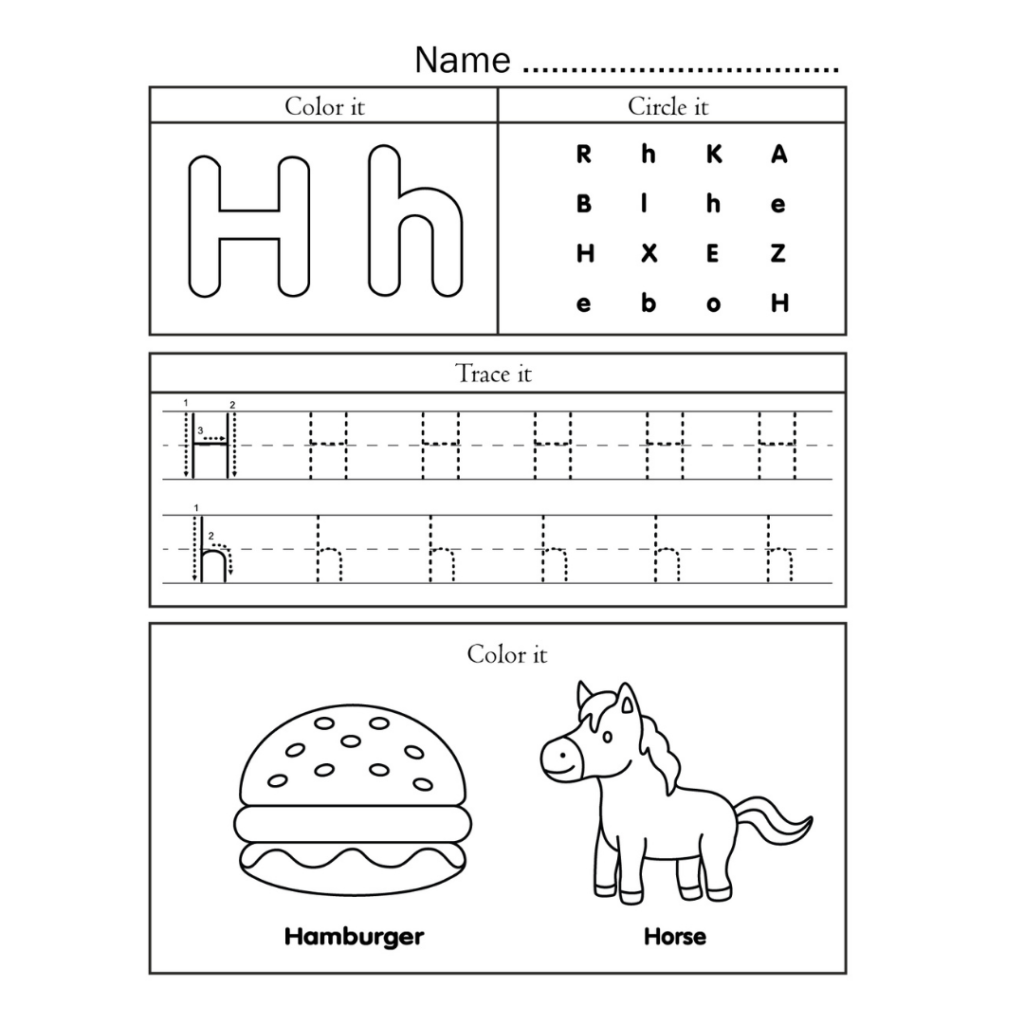Parents often worry about getting their toddlers to start writing on time. Getting the pencil grip correct and teaching them to form alphabets can be challenging but becomes a lot easier if you know the when, how and what to begin with.
Here’s how you can start!
Visual Recognition comes First:
Get the child to understand what the alphabets and numbers look like. You can do this using a variety of learning materials like Flash Cards and Books. Visual recognition ensures that they are confident about what they have to write and can follow basic instructions.

When to Start:
You can start with some scribbling and writing as early as 1.5 but I would recommend avoiding anything serious or rigid! Once you feel your child has started recognising alphabets, you can give them a toddler grip crayon, or chalk and black board to help them practice basic lines and curves first.

What to Start with:
Before getting the toddler to write with a pencil we need to work on the child’s motor skills. This includes a lot of sensory play, craft, pincer grip activities, moulding, rolling etc.

How to Start:
Once you feel your toddler is ready to hold a pencil start with simple strokes like – standing lines, sleeping lines, slanting lines, curves etc.
When they are comfortable with that, move on to numbers or alphabets.
Start with lowercase alphabets first as it is what helps them to read faster as well.

Give them chance to get the strokes right first- let them write on a blank paper or black board and get the formation correct. Then move on to explaining them about writing within the lines.
Teach one alphabet or number at a time. You can follow 1 alphabet per week approach or go faster if your child is comfortable. You will notice that the child will learn some letters very quickly and some will take very long.
Start with dot to dot tracing books when they show more readiness.
You can refer to my Amazon Storefront for our favorite activity books!
Remember the below points when you start teaching:
Let Their Pace lead you:
Every child has a different pace. Instead of expecting them to follow a standard set pace, adjust to theirs. You will be surprised how a change in your mind set will make learning fun. Your child might learn 1 alphabet in a day and another one might take him 10 days. If you adapt faster, they’ll learn better.
Take a Step Back when needed:
If even after doing progressing through all the pre-writing skills your child doesn’t want to write, give them a break. Sometimes, forcing them can do more harm than good. So give it break, use that study time to read a book, or do visual recognition and come back to writing again after a day or two.
Follow a Study Routine:
Once you set a routine or study hour (can be after breakfast or in the evening as per what suits you), stick to it. The child is mentally prepared to write or study and hence adapts more easily.
Set a Learning Schedule which is not rigid:
As I said before, plan your weekly learning schedule with a few fun activities around what you are teaching but be ready to make changes as per your child’s grasping power. They may take longer or lesser time than anticipated.
Play and Revise Regularly:
It is not necessary to always sit at one place to revise. You can do it while play and games. Games such as I spy with my little eye or A treasure Hunt can help you revise without making it a task!
I hope you find these tips helpful!

